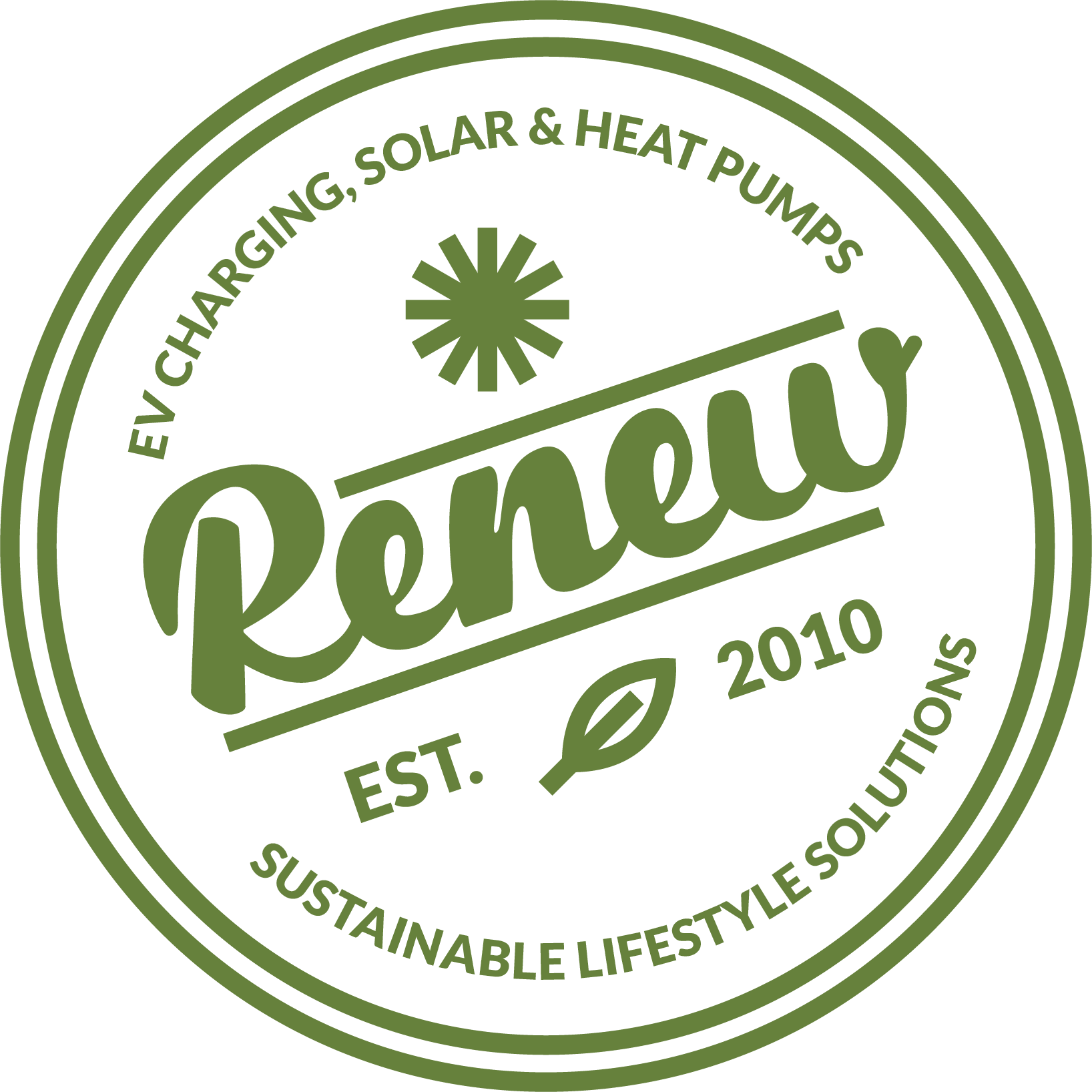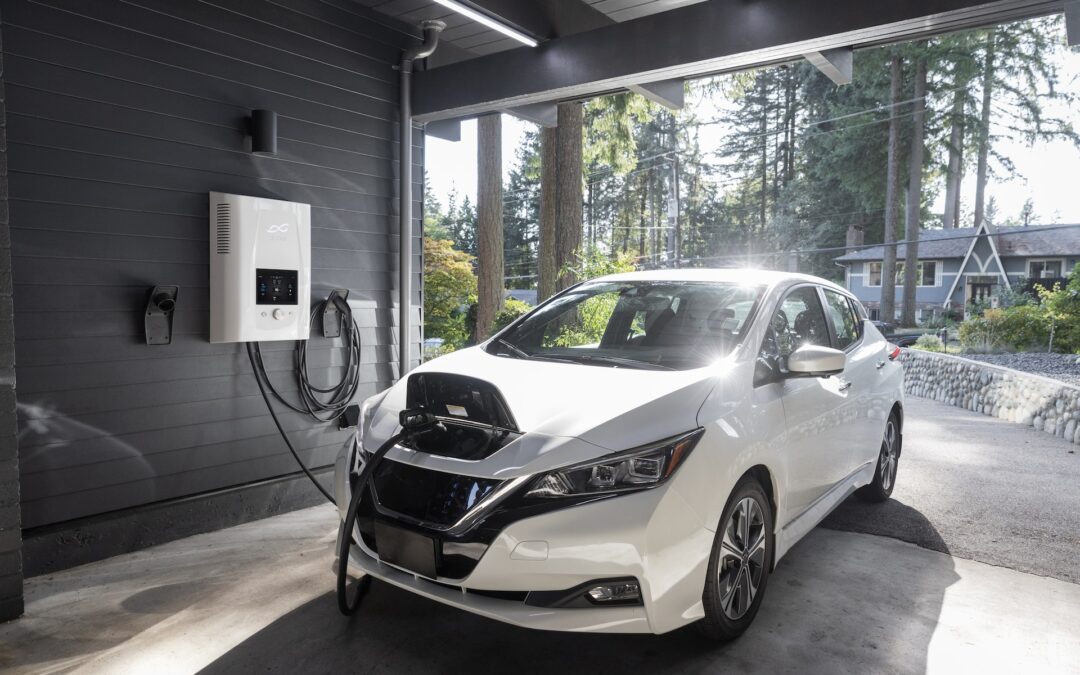Did you know that by 2025, it’s expected that about a quarter of vehicles sold will have electric motors?
For over a century, we’ve used gas to fuel our vehicles and, although there are different kinds of fuel, everyone is familiar with how to do it. With electric vehicles (EVs) though, different vehicles can handle different power amounts. Plus, there are different connectors and levels of EV charging. So, let’s take a look!
There are three levels of EV charging that range from plugging into a wall outlet to public networked charging stations. The higher the level, the faster the charging due to more power delivery. Different electric vehicles also charge at different speeds depending on the charger level. The vehicle will always be the determining factor in terms of how much power is taken/delivered — you don’t have to worry about using the wrong charger.
| Level 1 Chargers | Level 2 Chargers | Level 3 Chargers | |
|---|---|---|---|
| Added Range (per hour) | 5-8 km | 20-130 km | 120-1,930 km |
| Connectors Used | J1772 and Tesla | J1772 and Tesla | Combined Charging System (Combo), CHAdeMO, and Tesla |
| Power Delivery | 1-1.4 kW | 3.9-19.2 kW | 24-300 kW |
| Time to Charge* | 30-40 hours | 2.5-4.5 hours | 30-40 minutes |
Level 1 Chargers
Level 1 chargers use your everyday 120-volt wall outlet. Every EV or plug-in hybrid electric vehicle (PHEV) can make use of a Level 1 charger. Level 1 chargers add about 5-8 km of range per hour spent charging. As a result, Level 1 is great for PHEVs because these cars generally have smaller batteries that need less charging. If you have an EV, then Level 1 chargers are generally not enough for daily vehicle use (unless it’s a small amount).
Level 2 Chargers
Level 2 chargers are the most common EV chargers for daily vehicle charging and use. Level 2 chargers (208- to 240-volt) can be installed at home, at workplaces, and in public places like malls for example. Level 2 chargers add about 20-130 km range per hour of charging depending on the power output of the charger and the maximum power intake of the EV.
Most EV owners choose Level 2 chargers for their home since they can recharge an almost empty battery by plugging in their vehicle for the night. Level 2 chargers need a dedicated circuit (like what’s used for most clothes dryer setups), that may need to be installed if there isn’t an existing circuit located in or near the garage.
Level 3 Chargers
Level 3 chargers are the fastest type of charging available to EV users and can recharge at a rate of 5 to 32 km of range per minute! Level 3 chargers use direct current (DC) versus alternating current (AC) which provides much voltage and power. Level 3 chargers are made available at public charging stations that use them, they are generally not installed residentially. Very few homes have the needed high-voltage supply and DC chargers are very expensive.
As you can see, there are lots of differences between the different chargers available to EV users. Contact Renew today to discuss your electric or hybrid vehicle charging needs!

